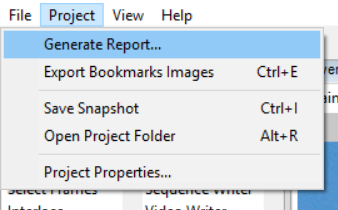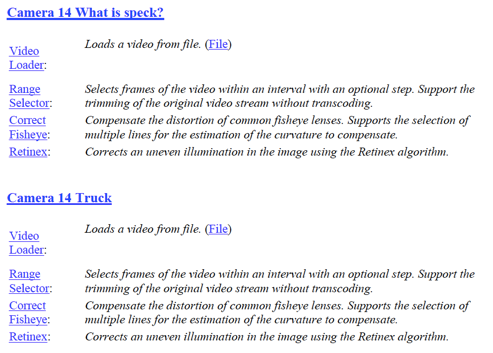One of the more frustrating aspects of the forensic multimedia analyst’s world is dealing with legacy technology. You arrive at a crime scene to find a 15-year-old DVR that only accepts Iomega Zip disks, or CD+RW disks, or a certain size / speed of CF card. What do you do?
You curse and swear and scour your junk drawers. You call / email friends. You wonder why folks keep these systems knowing that there are newer / better / cheaper systems out there.
If you’ve ever worked a cold case, you know the problems interfacing with old technology. If you’re working at a large agency, chances are there are several old computer systems cobbled together with new middleware. Replacing systems is costly and time consuming.
For reports, agencies are faced with a similar problem. My old agency used a product from IBM that required a stand-alone program (PC only) to read / edit the reports when saved in the native format. That’s not at all helpful.
When generating a report in Amped FIVE, the user is given a choice in the production of the file between PDF, DOC, and HTML. Many states / jurisdictions require the user to output a PDF file for reports. But, PDF is a very robust standard with several variants. When generating PDF report files, it’s important to understand the variants and what they’re for.
According to the PDF Association, “PDF/A is an ISO-standardized version of the Portable Document Format (PDF) specialized for use in the archiving and long-term preservation of electronic documents. PDF/A differs from PDF by prohibiting features ill-suited to long-term archiving, such as font linking (as opposed to font embedding) and encryption.”
If you want to make sure that your report can be viewed now, and long into the future, by the largest group of people, choose PDF/A – the archival version of PDF. Understanding this, the report generated by FIVE is PDF/A compliant. We understand that many court systems and police agencies are standardized on this version of PDF because it’s not only built with the future in mind, it’s the cheapest to support.
If you’ve been in one of my training sessions, you’ll remember my methodology of beginning with the end in mind – in targeting the last mechanical device that will display / project our work and the environment in which our work will be perceived (court room / office / billboard / etc.). Sure, I could use the PDF/E container and embed a ton of really cool video and graphics. But, if my target doesn’t support that, I’ll leave the recipient frustrated … and I’ll end up looking a bit foolish.
We help you avoid the frustration with our standards-compliant reporting tool.
Remember, our reporting function automatically compiles steps / settings and generates the report on demand. The comprehensive nature of the reports help you comply with ASTM 2825-12’s requirements that your report contains information sufficient such that a similarly trained and equipped person could reproduce your results.
The plain English explanations in the report help you in your testimony. What does the Retinex filter do? Just read the report – it corrects uneven illumination in the image. How does the Retinex algorithm work? The Retinex filter enhances high-contrast images by making the dark portions more visible. The parameters are there. The peer-reviewed / published sources are there. All in a standards-compliant PDF/A container.
Think about the time you will save by not having to keep track this information yourself. Think about the time you will save by not having to type this information into the report yourself. Think about the recipient of your work who will be able to open and read your report with ease. Why not choose a tool and a workflow that respects standards, respects budgets, and respects you / your time?
If you’d like to know more about our products and training, click here to contact us today.







